The scene shows Christ bound to a central column, partially draped with a white cloth that subtly waves. Around him, three executioners whip him with restrained violence. On the left, one in a red tunic flexes his leg in a dynamic gesture, while the central one, wearing a green jacket, raises a bundle of rods mockingly aimed at Christ’s face. The third figure, seen from the back and covered with a green cloak, adds muscular tension to the composition. The radiance from Christ’s halo guides the viewer’s eye and contrasts with the deep shadows of the classical architecture behind. This interplay of dramatic chiaroscuro and focused lighting creates a scene that, despite its violence, conveys dignity and spiritual introspection.
The Flagellation of Christ is one of the most poignant and frequently depicted episodes of the Passion according to the Gospels. It recounts the moment when Jesus, after being sentenced by Pontius Pilate, is scourged by Roman soldiers before the Crucifixion. Though sparsely described in the Bible, this moment was interpreted over centuries with emotional intensity that blended physical suffering and spiritual exaltation. From Romanesque cycles to Baroque theatrics, the theme evolved from symbolic depictions to highly expressive compositions.
During the Counter-Reformation, this iconography gained special significance in Italy and the Catholic Low Countries as a means of personal devotion and spiritual reflection. Oil on copper became a prized format among collectors and religious patrons between 1600 and 1650, valued for its precision and intimate brilliance. Rubens, Cigoli and Guido Reni produced famous versions of the subject. This particular painting, with its restrained expression and refined technique, belongs to that spiritual tradition, reflecting the inner piety of an era marked by religious introspection and faith-driven art.
The copper support enhances the precision of the brushwork and the luminosity of the pigments, especially visible in the skin tones and brightly colored garments. The thin oil layers and delicate glazing produce a smooth, enamel-like finish, typical of cabinet pieces. Its vertical format and small size suggest it was intended for a private devotional collection.
The painting is housed in a historicist gilt wooden frame, richly carved with vegetal scrolls and acanthus motifs, dating to the late 19th century. It retains its original gilding with minimal wear, adding character without compromising its aesthetic appeal. This balanced and sober ensemble retains its devotional impact and is ideal for reintroducing into a church or parish, restoring its original liturgical purpose.
An exceptional opportunity for collectors of Old Master paintings and for those who value the spiritual depth of Passion iconography and the refined technique of oil on copper.
Dimensions: 21 × 15 cm (8.27 × 5.91 in). With frame: 30.5 × 24 cm (12 × 9.45 in).
We are professional antique dealers. To see more photos of this item, please click on this link:
https://www.antiguedades.es/en/antique-painting/5314-antique-oil-on-copper-italian-bolognese-school-c-16201640.html




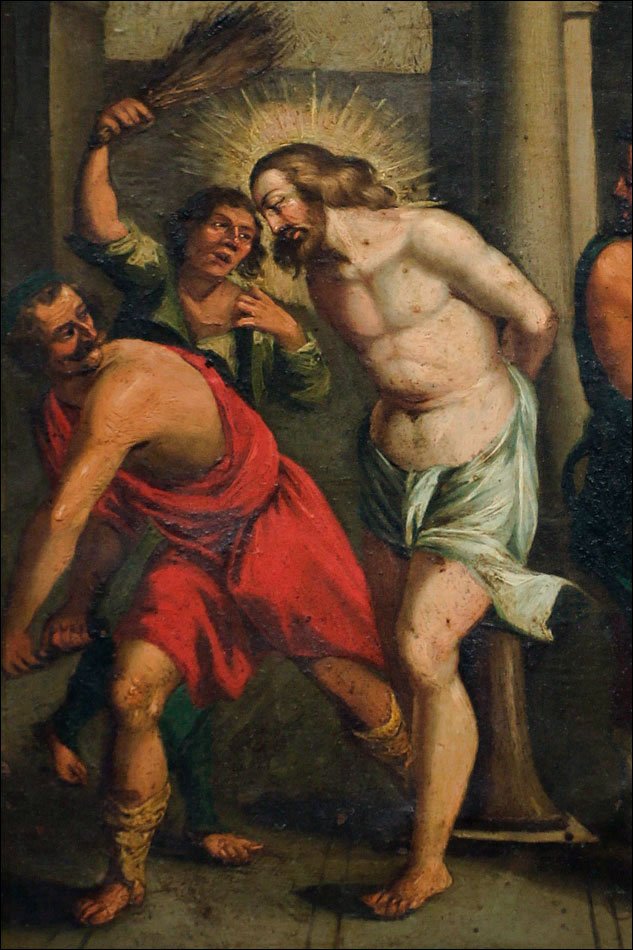


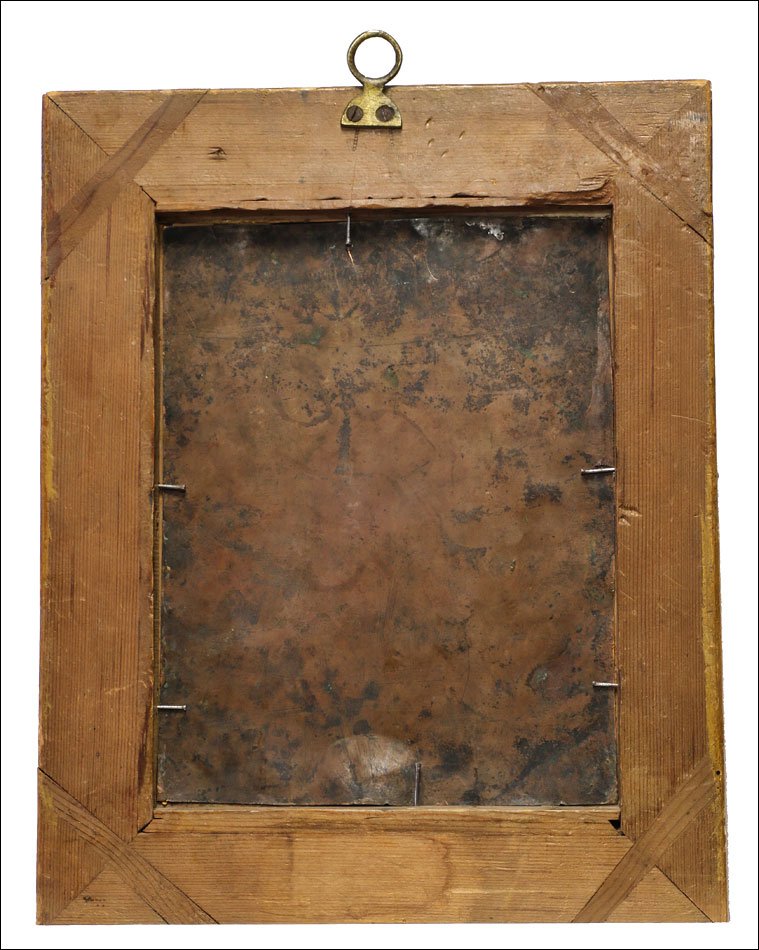










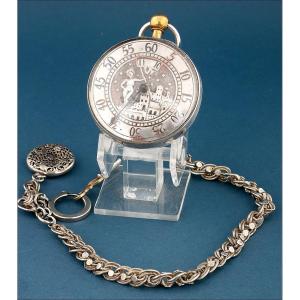



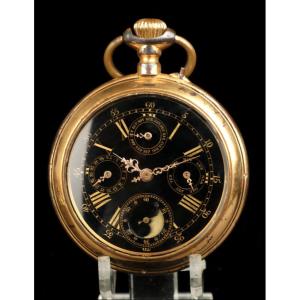









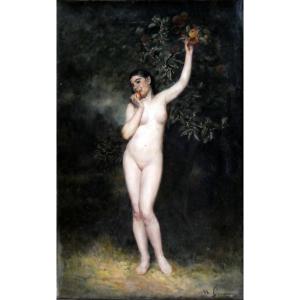





 Le Magazine de PROANTIC
Le Magazine de PROANTIC TRÉSORS Magazine
TRÉSORS Magazine Rivista Artiquariato
Rivista Artiquariato